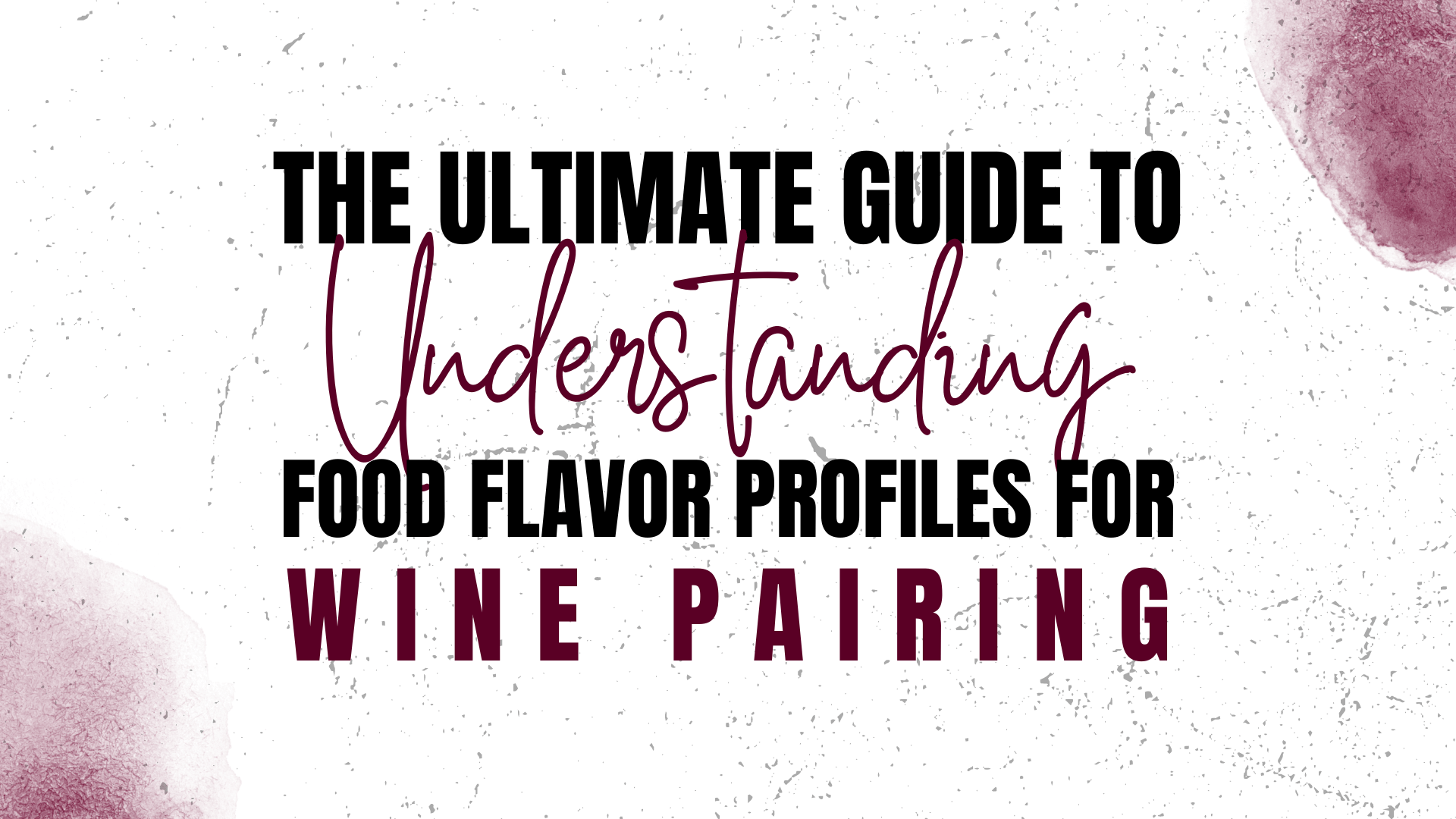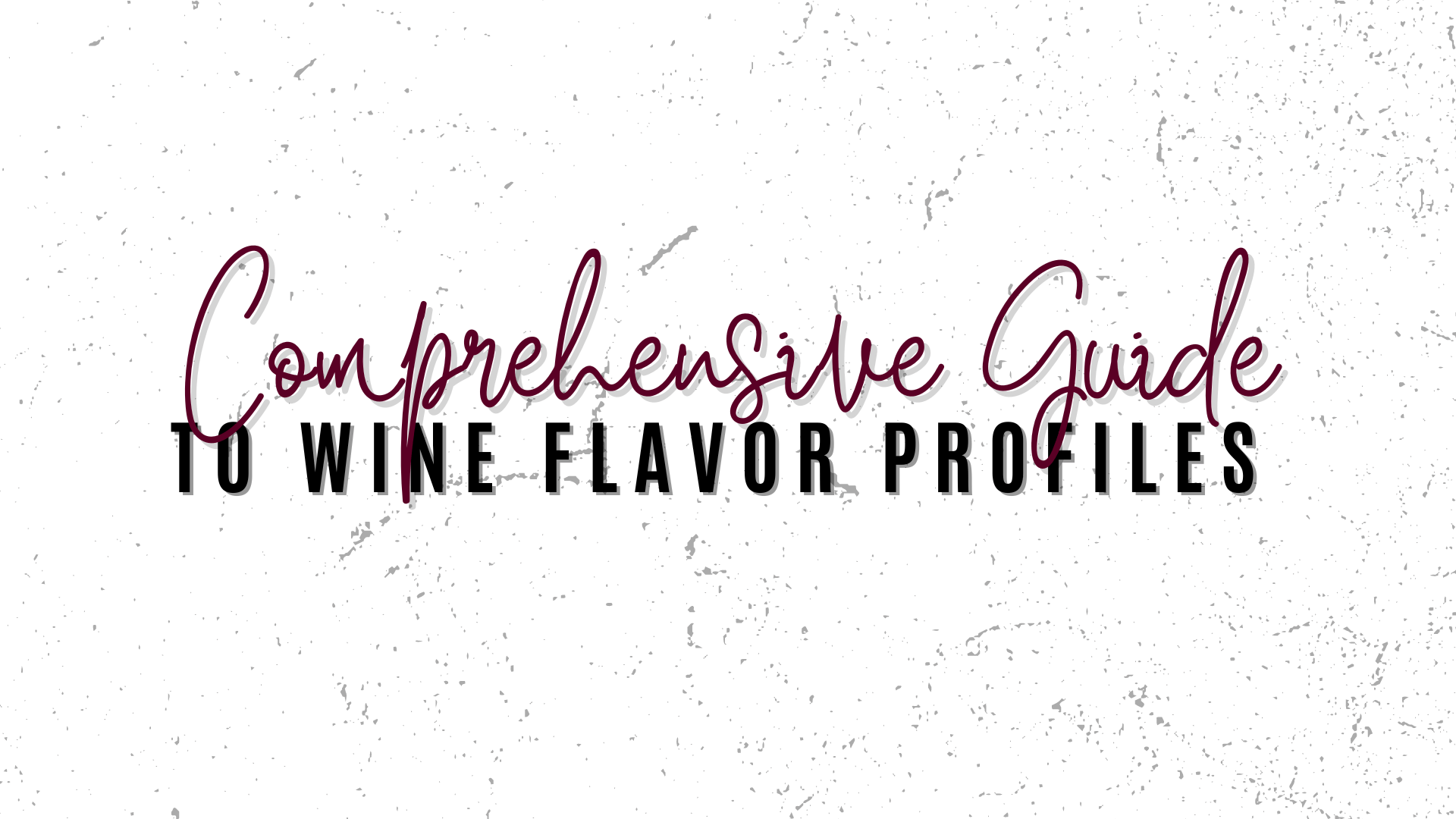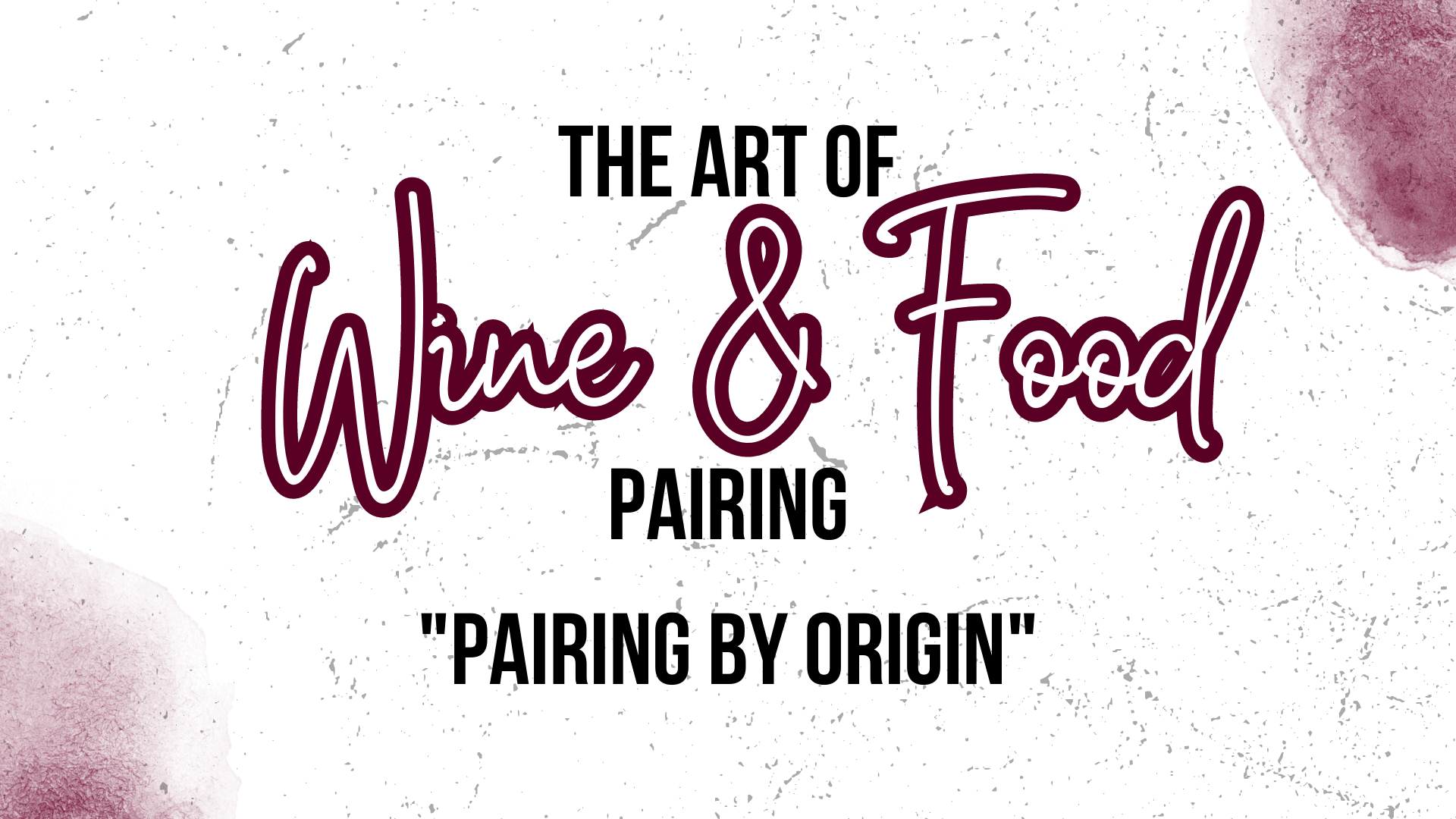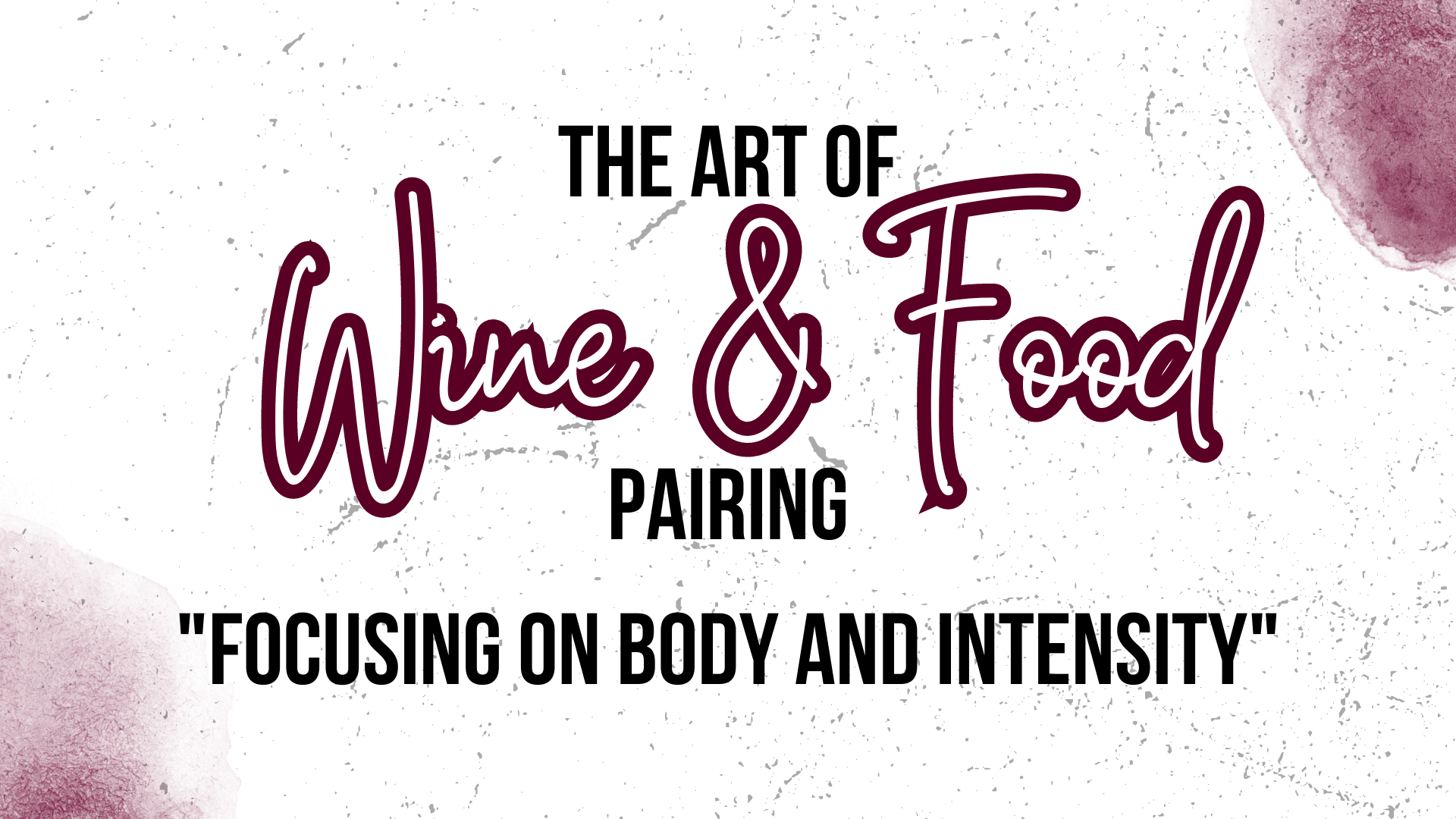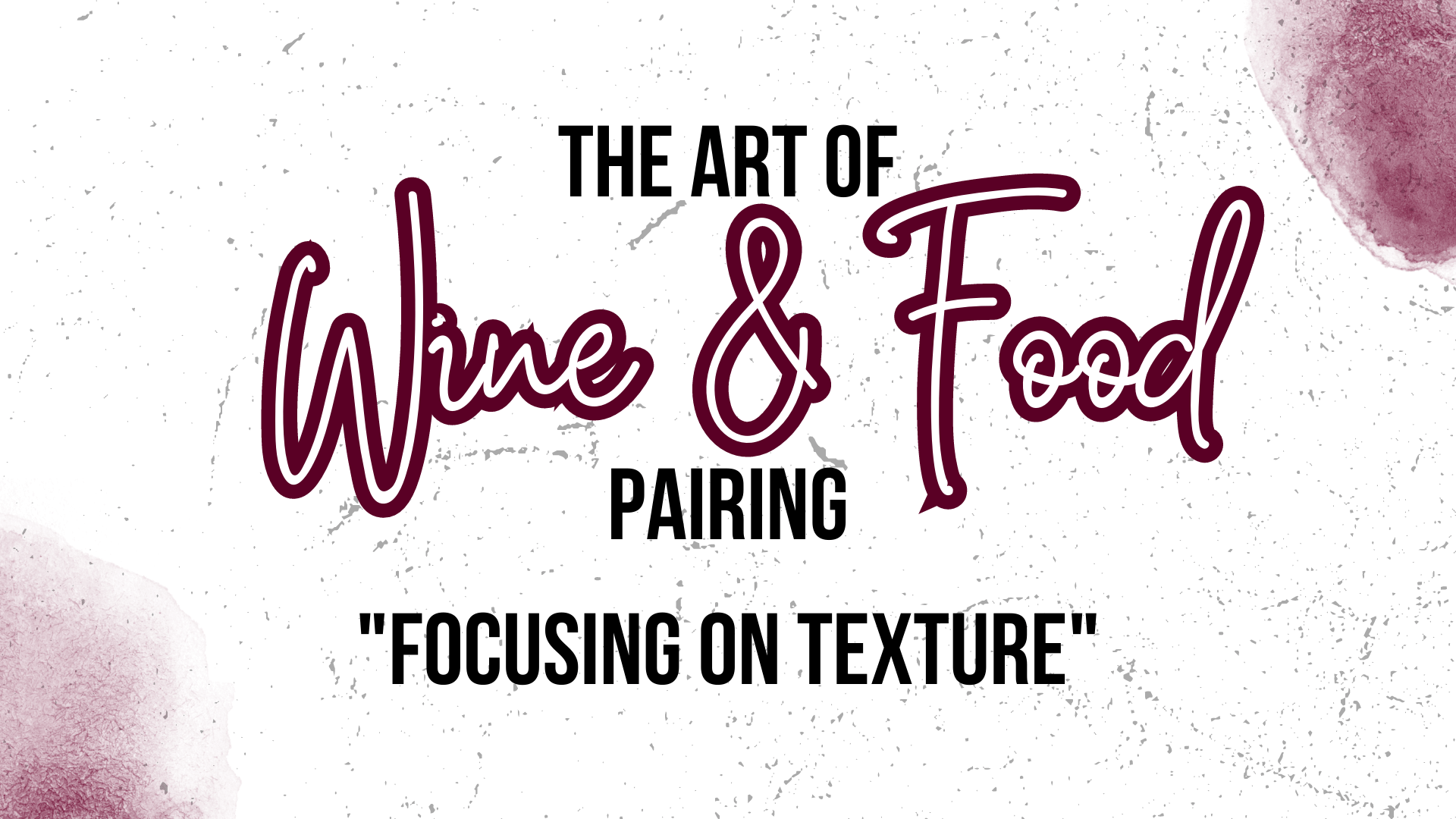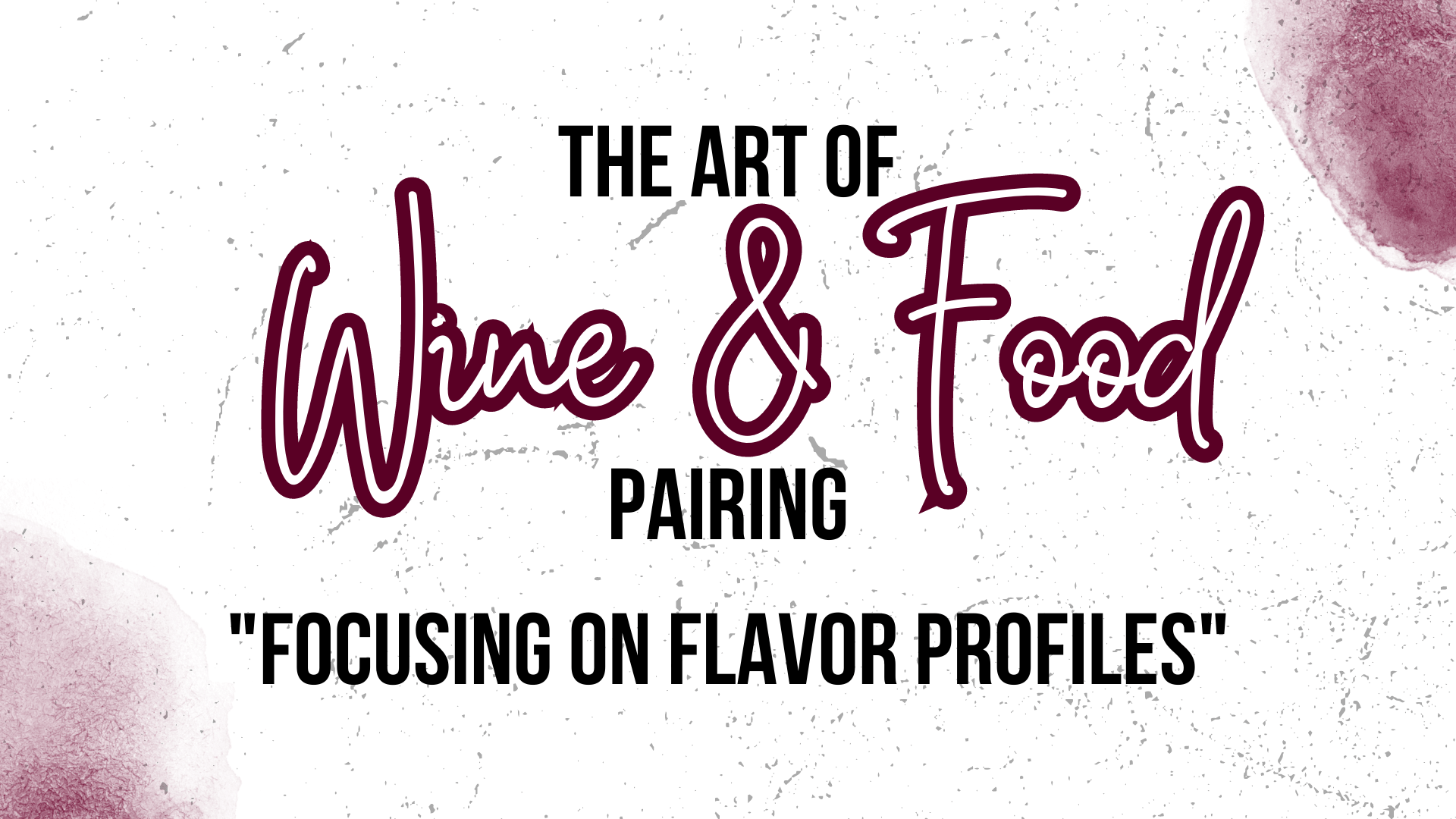The Ultimate Guide to Wine and Food Pairing That is Fail-proof for Beginners
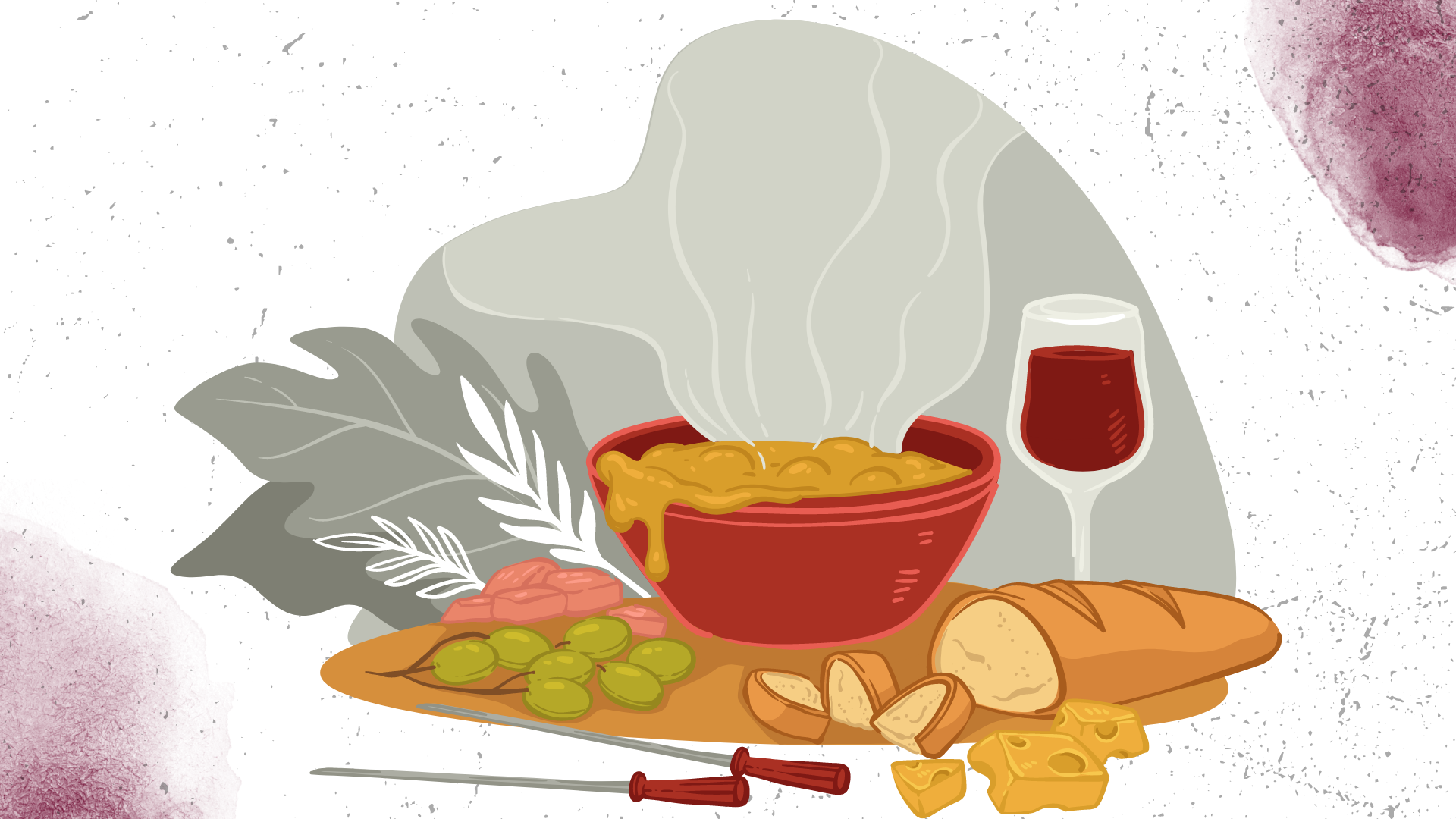
Introduction
The art of wine and food pairing is a delightful journey that enhances the overall dining experience. By understanding how different flavor profiles, textures, and intensities complement each other, you can elevate your meals and create unforgettable gastronomic moments. In this post, we’ll briefly explore the essentials of wine and food pairing and set the stage for a deeper dive into the wonderful world of harmonious combinations that bring out the best in both wine and cuisine.
Definition of Wine Food Pairing
Wine and food pairing is the art of selecting a wine that complements and enhances the flavors of a particular dish, creating a harmonious dining experience. By understanding the characteristics of different wines and foods, one can create combinations that elevate the enjoyment of both elements.
Importance of Wine Food Pairing
Wine and food pairing is essential because it can bring out the best in both the wine and the dish, creating a memorable dining experience. A well-matched pairing can highlight the unique flavors and textures of the food and wine, while a poorly matched pairing can leave one or both elements falling flat.
Key Principles of Wine Food Pairing
There are several basic principles to keep in mind when pairing wine and food:

Balance the weight and intensity of the wine and the dish

Match acidity levels

Consider the dominant flavors in both the wine and the dish

Pair similar flavors or contrasting flavors for a more dynamic experience
These principles, combined with your personal preferences and a willingness to experiment, will set the foundation for successful wine and food pairings.
Understanding Different Styles of Wines

Exploring the World of Dessert Wines: A Comprehensive Guide
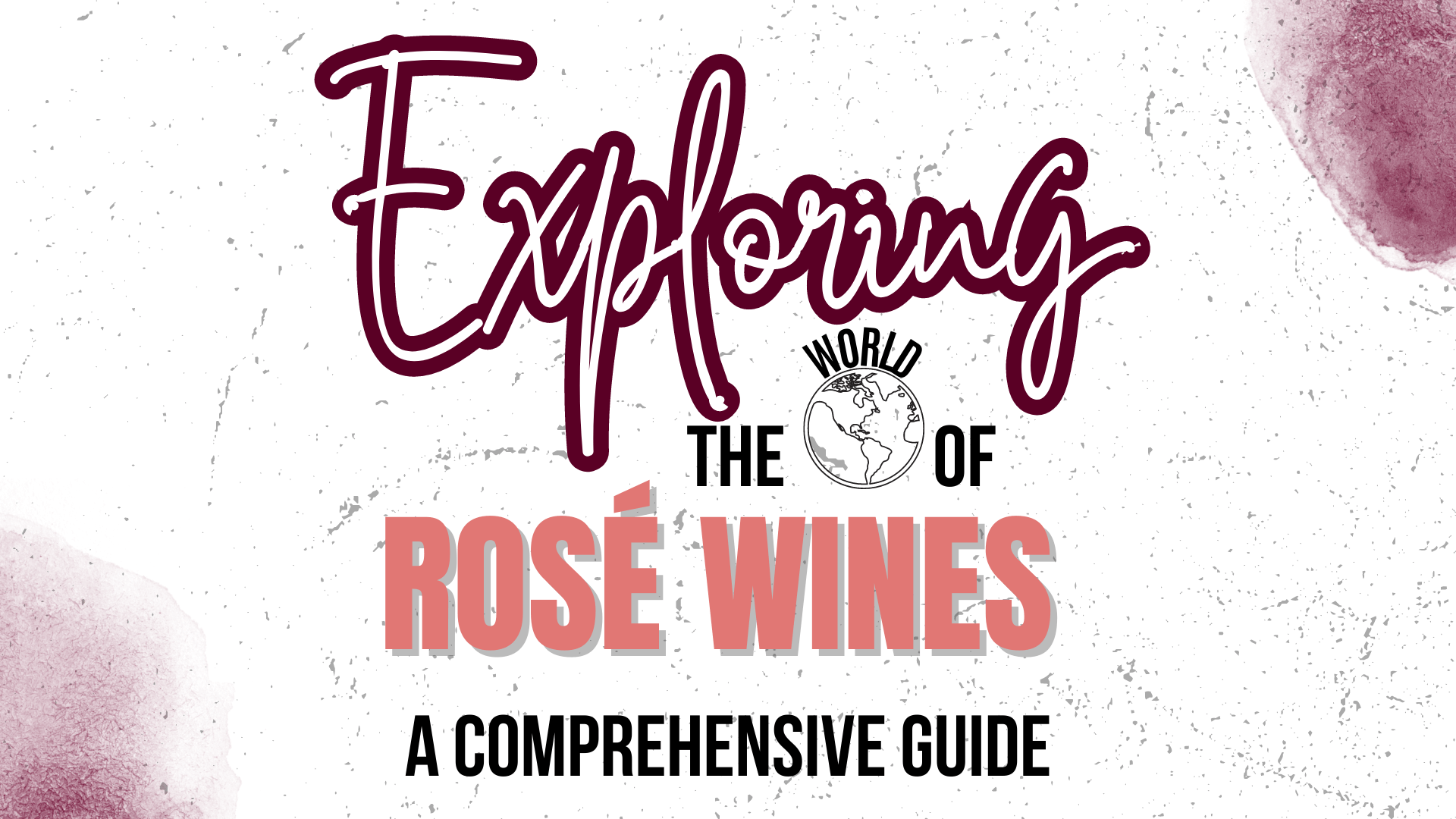
Exploring the World of Rosé Wines: A Comprehensive Guide
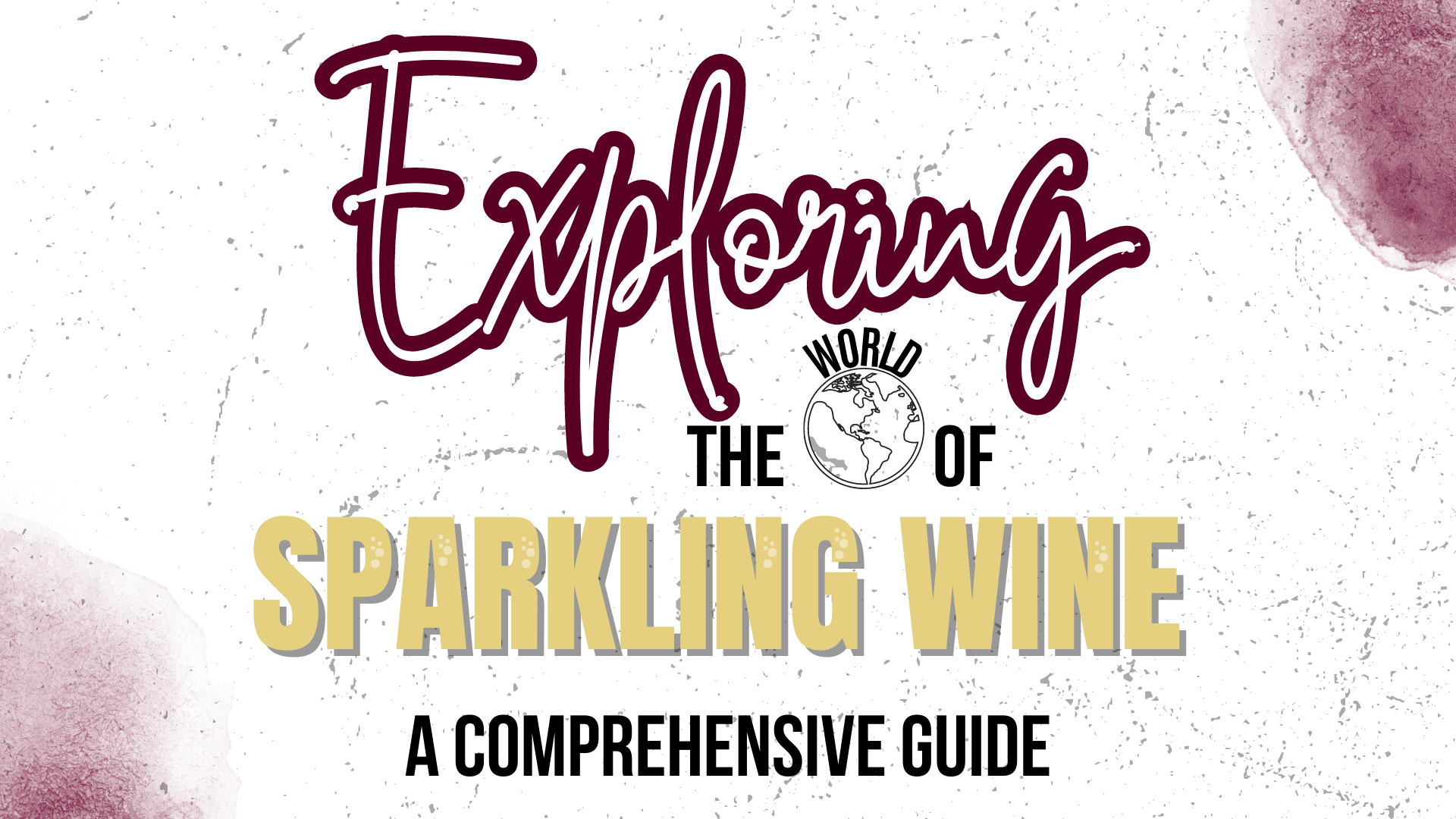
Exploring the World of Sparkling Wines: A Comprehensive Guide

Exploring the World of White Wines: A Comprehensive Guide
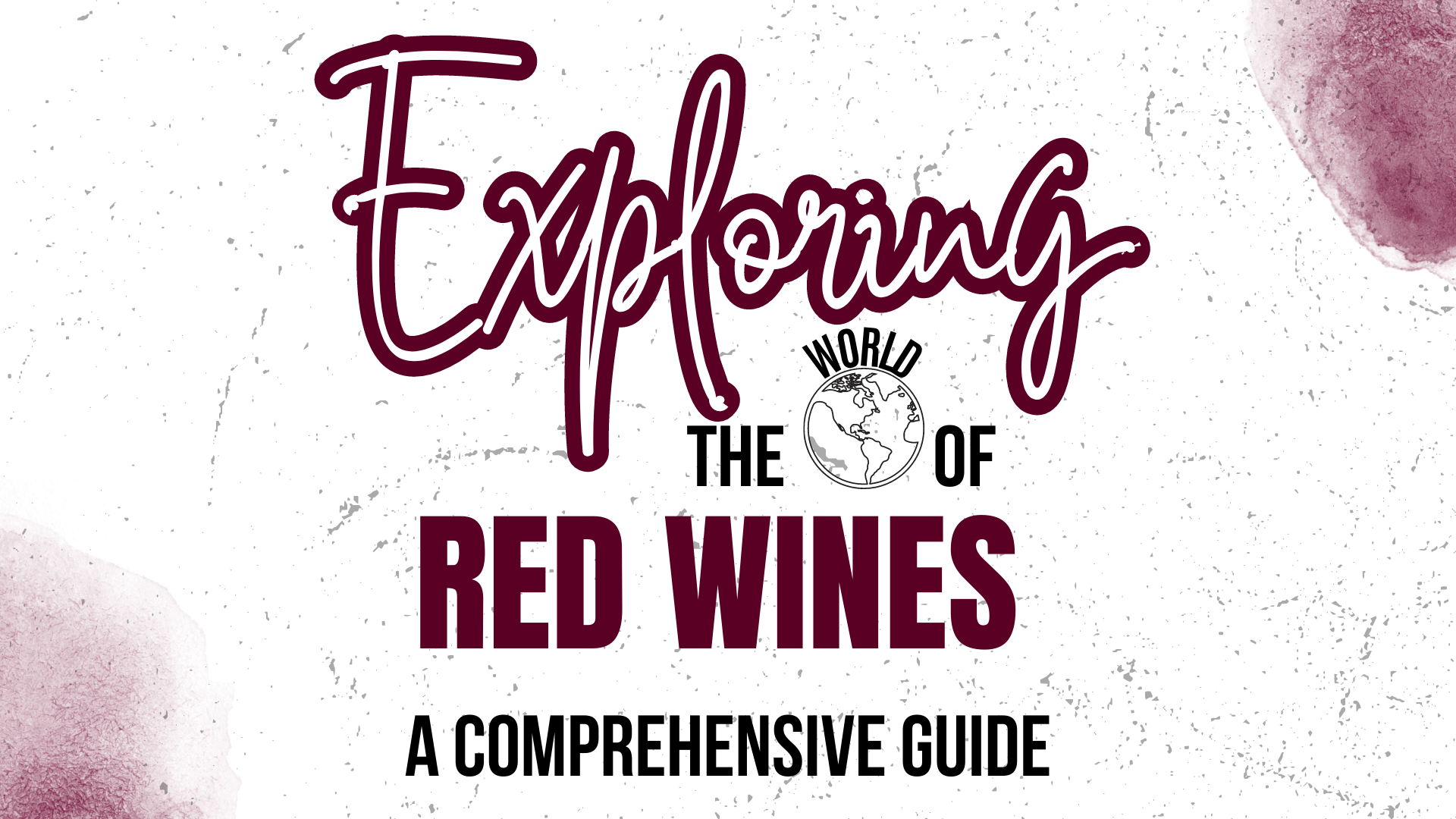
Exploring the World of Red Wines: A Comprehensive Guide
Understanding Flavor Profiles
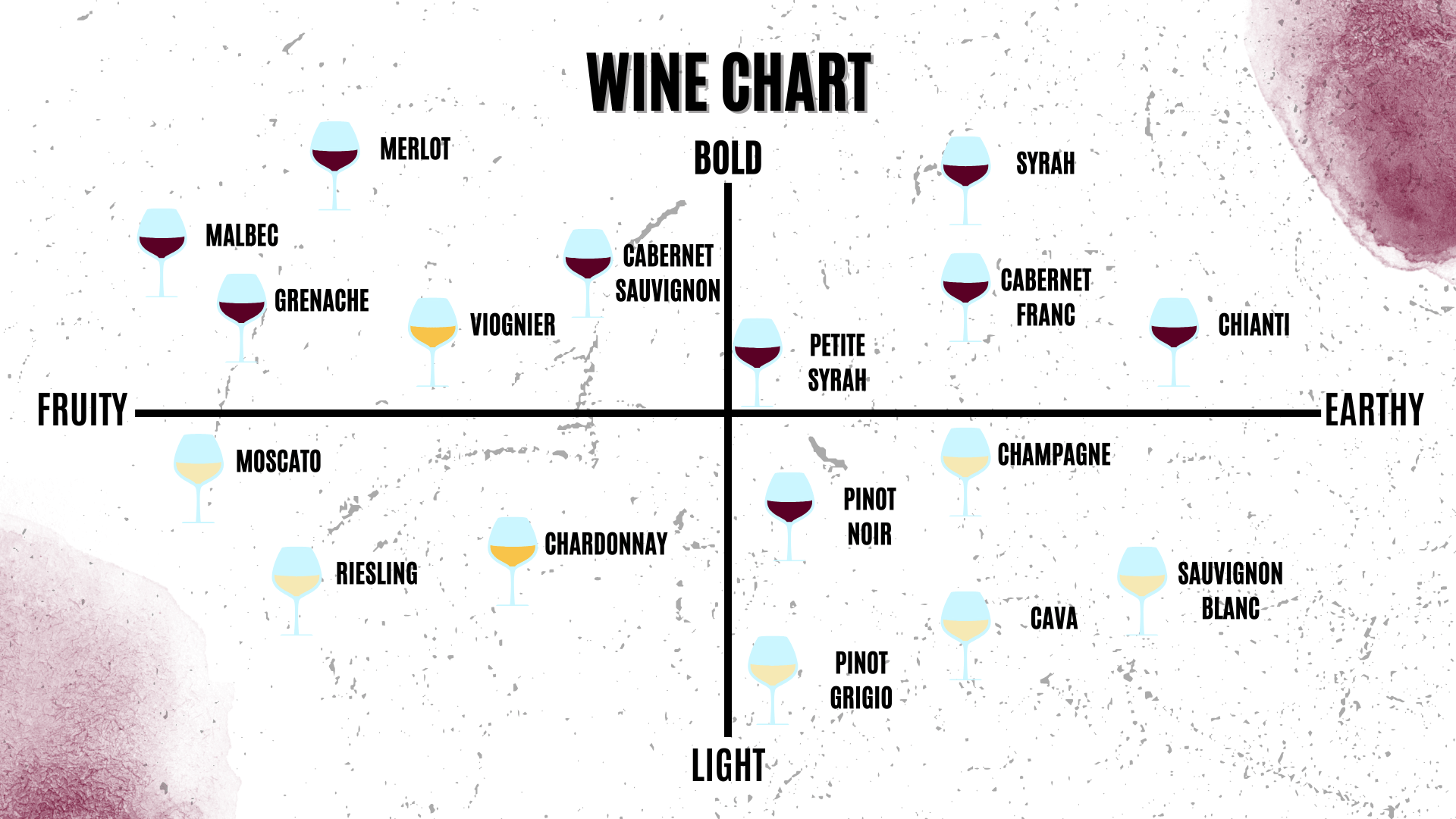
A key aspect of successful wine and food pairing lies in understanding the flavor profiles of both wine and food. This section will provide insights into the unique flavor profiles of various wines and dishes, offering a foundation for creating harmonious pairings. We will explore the intricacies of wine flavors, including factors such as acidity, tannins, sweetness, and body, as well as the main flavor components found in different types of cuisine. By grasping these essential elements, you’ll be well-equipped to confidently match wine and food, creating a symphony of flavors that elevate your dining experience to new heights.
Related articles
Wine and Food Pairing Techniques
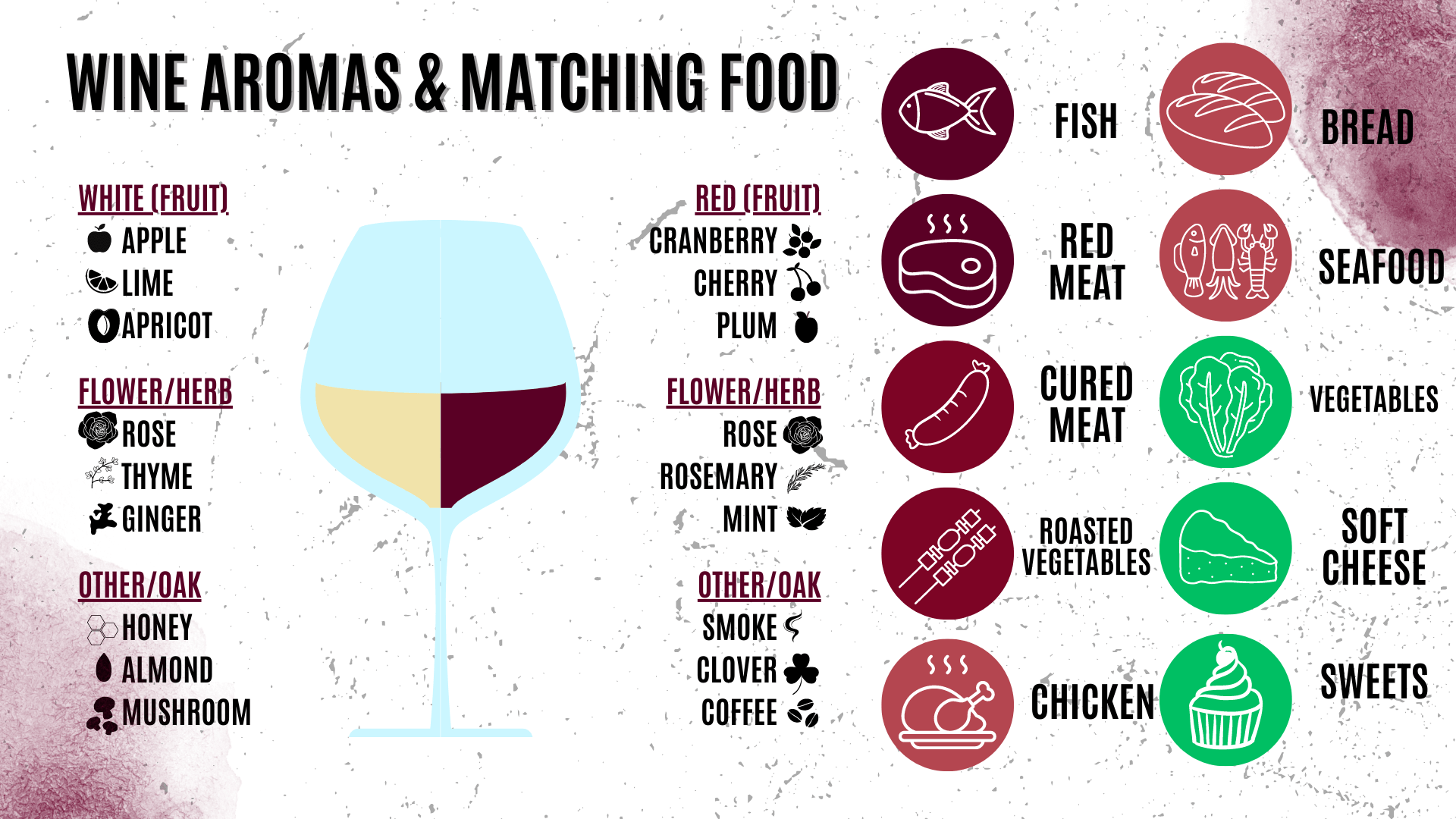
Mastering the art of wine and food pairing involves employing various techniques to ensure the flavors complement and enhance each other. In this section, we will delve into different pairing methods that cater to the diverse characteristics of wine and cuisine. We will explore strategies such as pairing by flavor profile, texture, body and intensity, and even origin. By understanding and applying these techniques, you’ll be able to skillfully create wine and food pairings that maximize the enjoyment of your culinary adventures, providing a dining experience that is both memorable and gratifying.
Related articles
Common Wine and Food Pairing
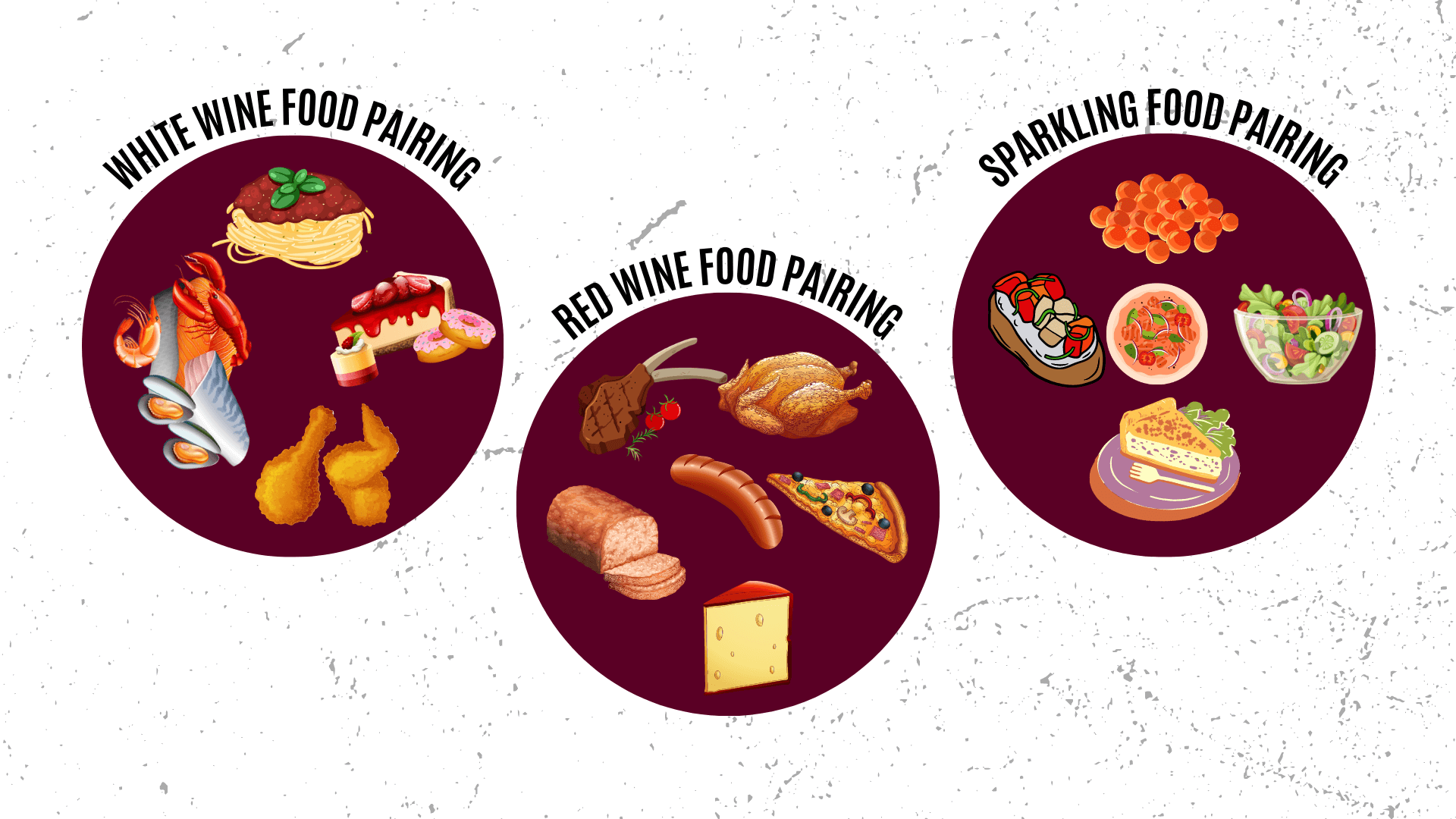
In the world of wine and food pairing, there are some classic combinations that have stood the test of time. These pairings have become culinary staples due to their harmonious interplay of flavors, textures, and intensity. In this section, we will delve into popular wine and food pairings, including wine and cheese, white wine and seafood, red wine and steak, sparkling wine and appetizers, and dessert wine and desserts. By examining these iconic pairings, you’ll gain a solid foundation in the principles of wine and food pairing, which will enable you to create your own stunning combinations and elevate your dining experiences.
Related articles
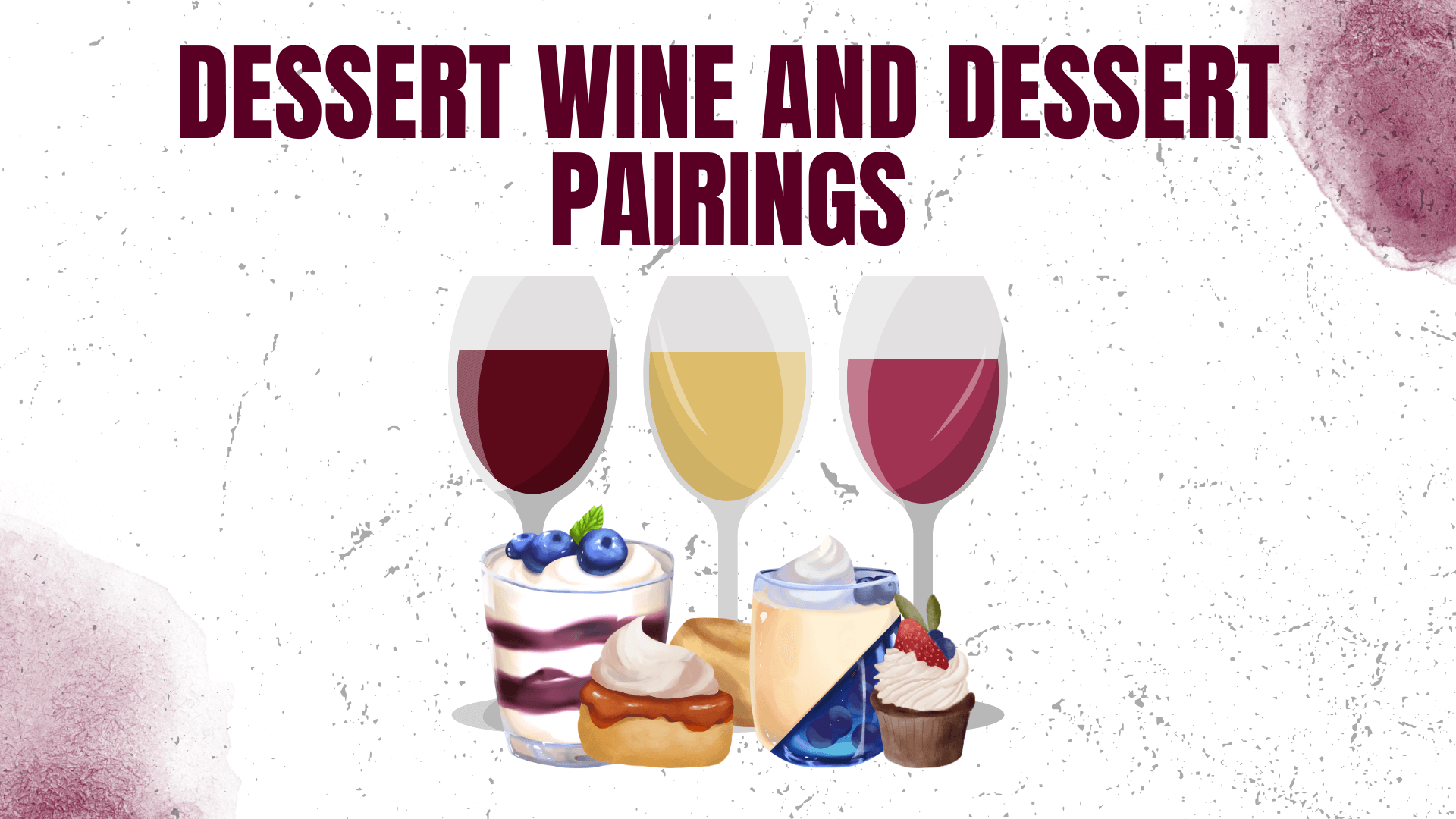
Perfect Pairings: Dessert Wine and Desserts | Tips and Recommendations
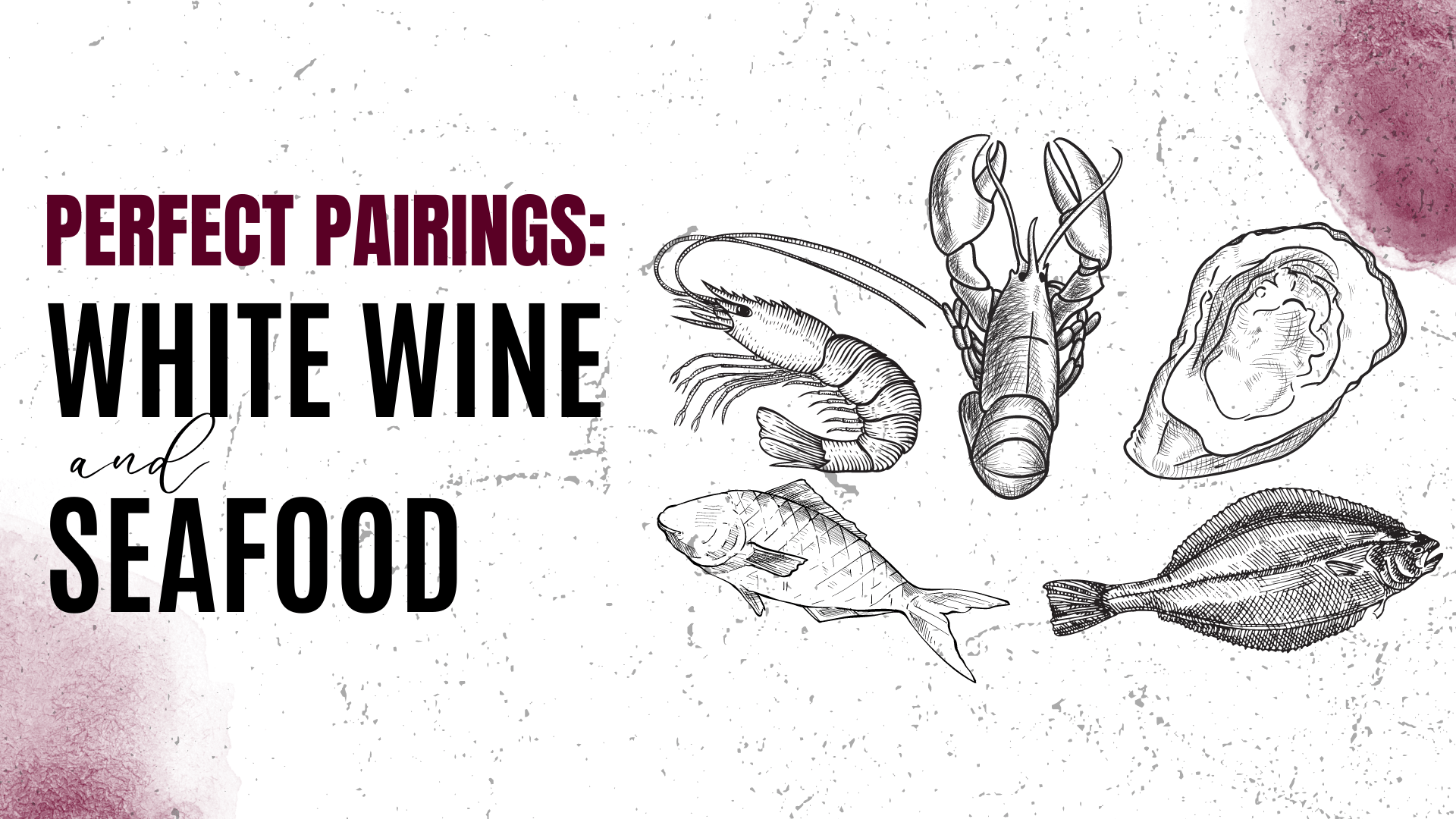
Perfect Pairings: White Wine and Seafood | Tips and Recommendations
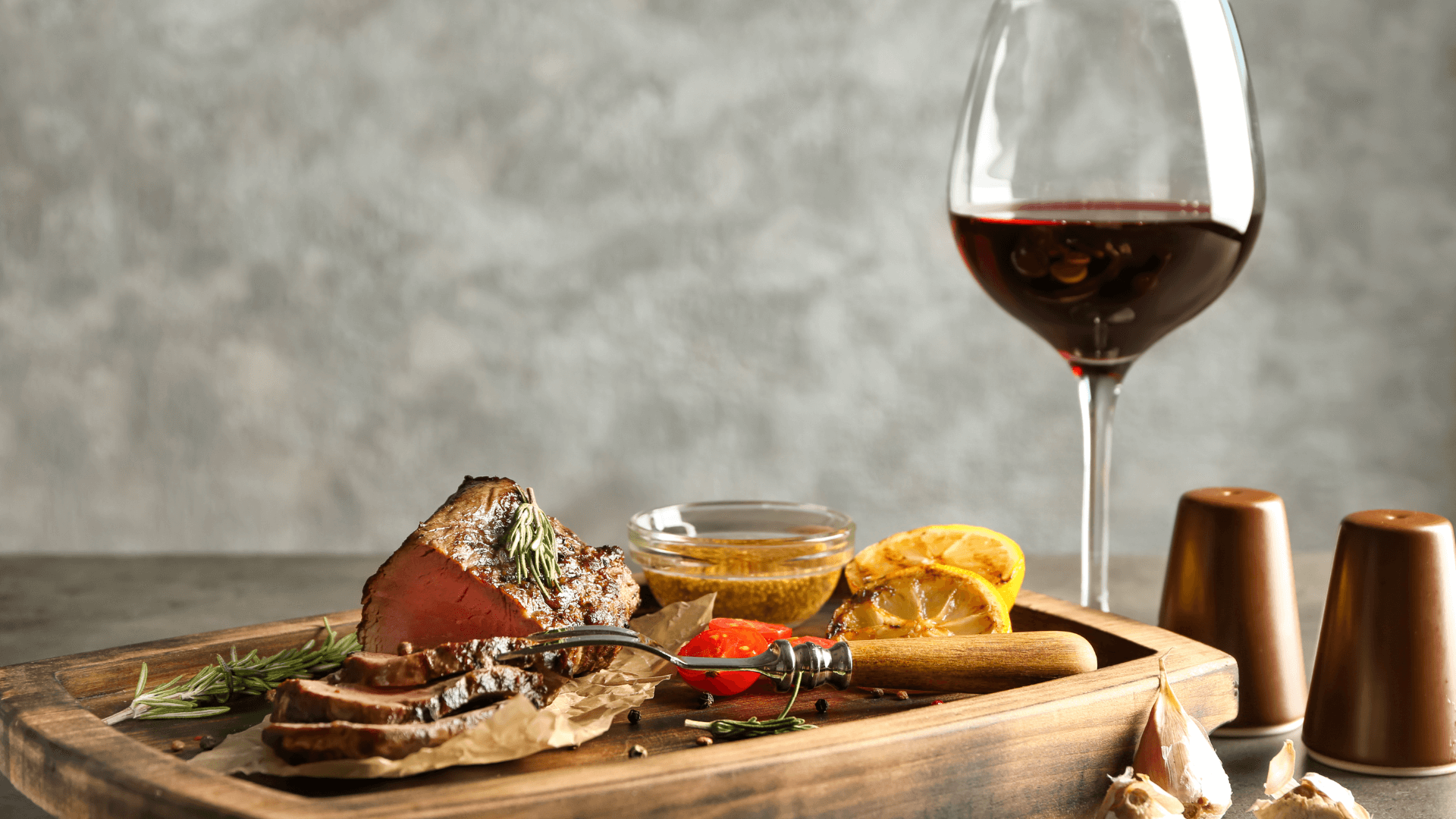
Perfect Pairings: Red Wine and Steak – Tips and Recommendations
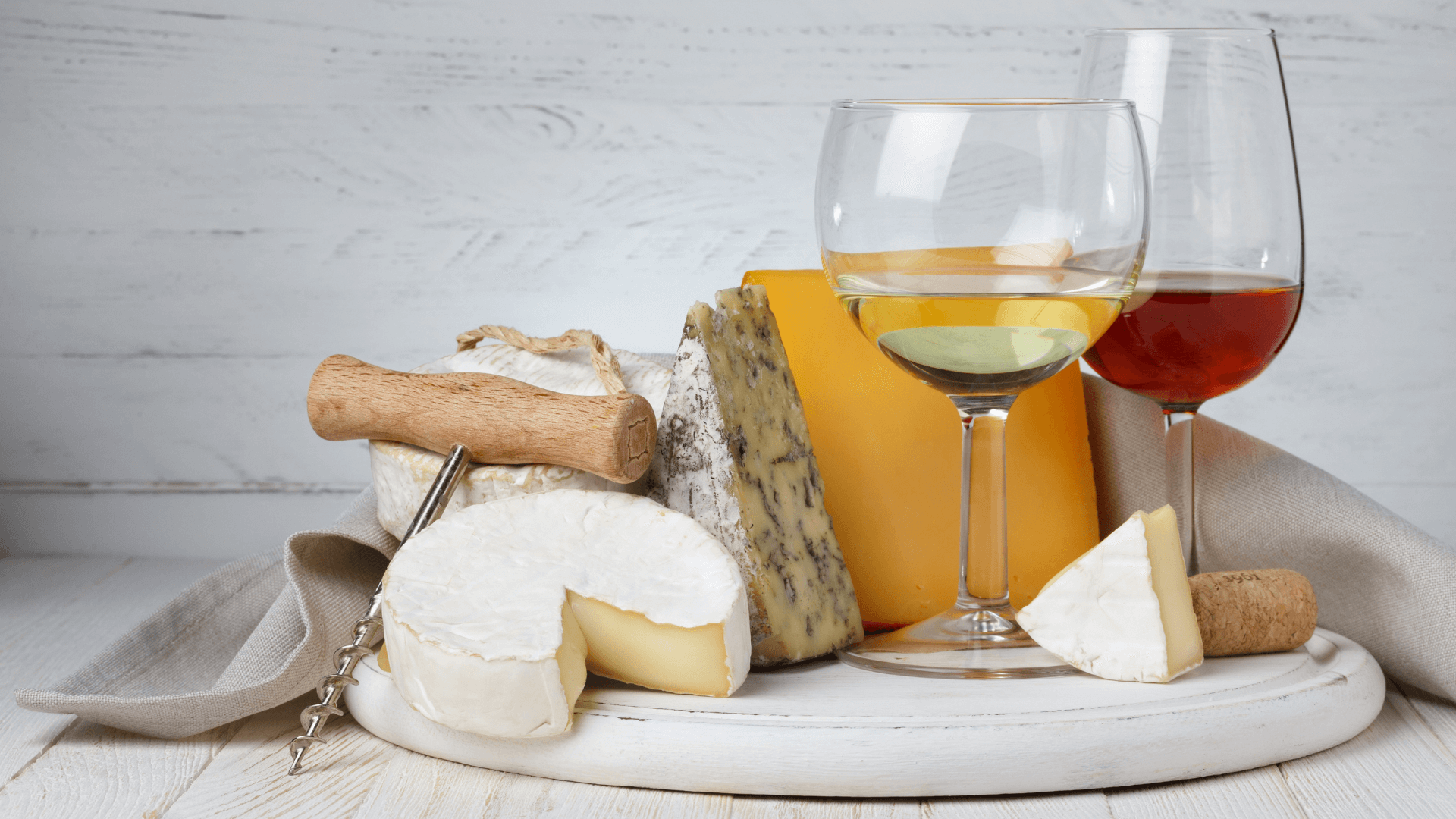
Easy Wine and Cheese Pairings: The Ultimate Beginner’s Guide
Group Foods + Best Varietals
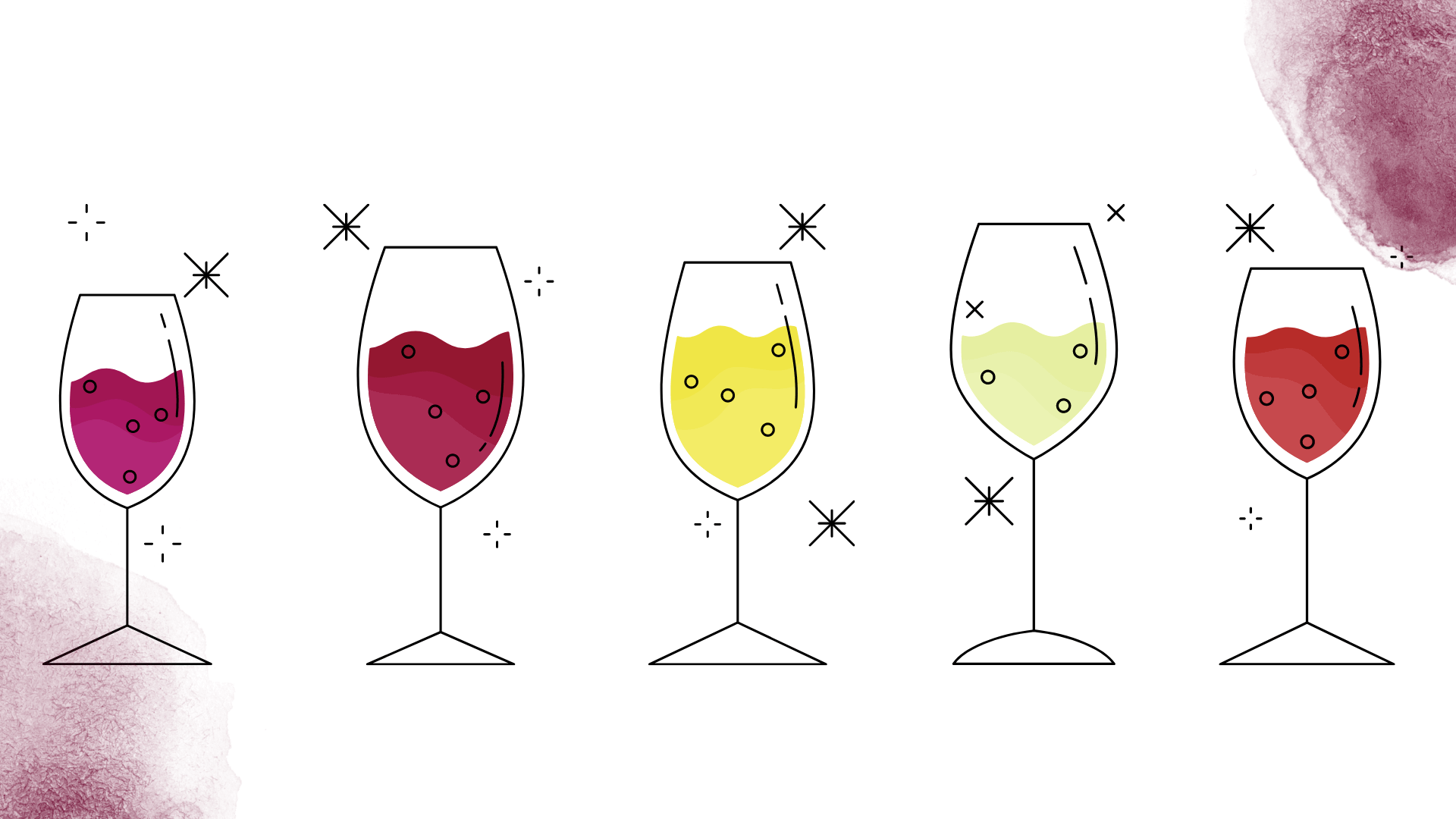
When it comes to wine and food pairing, understanding the best varietals to match with specific group foods can greatly enhance your overall dining experience. This section will provide you with a helpful guide to navigate the complex world of wine and food pairings, making it easier to choose the right wine for your meal. We’ll cover various group foods, such as poultry, meat, fish, vegetables, and desserts, and offer suggestions for the best varietals to accompany each category. By familiarizing yourself with these fundamental pairings, you’ll be well-equipped to create delightful flavor combinations and impress your dinner guests with your expert knowledge of wine and food pairings.
In this article you'll learn how to pair wine varietals with food such as:
Rosé Wine
Dessert Wine
Pairing Wine with Different Types of Cuisine
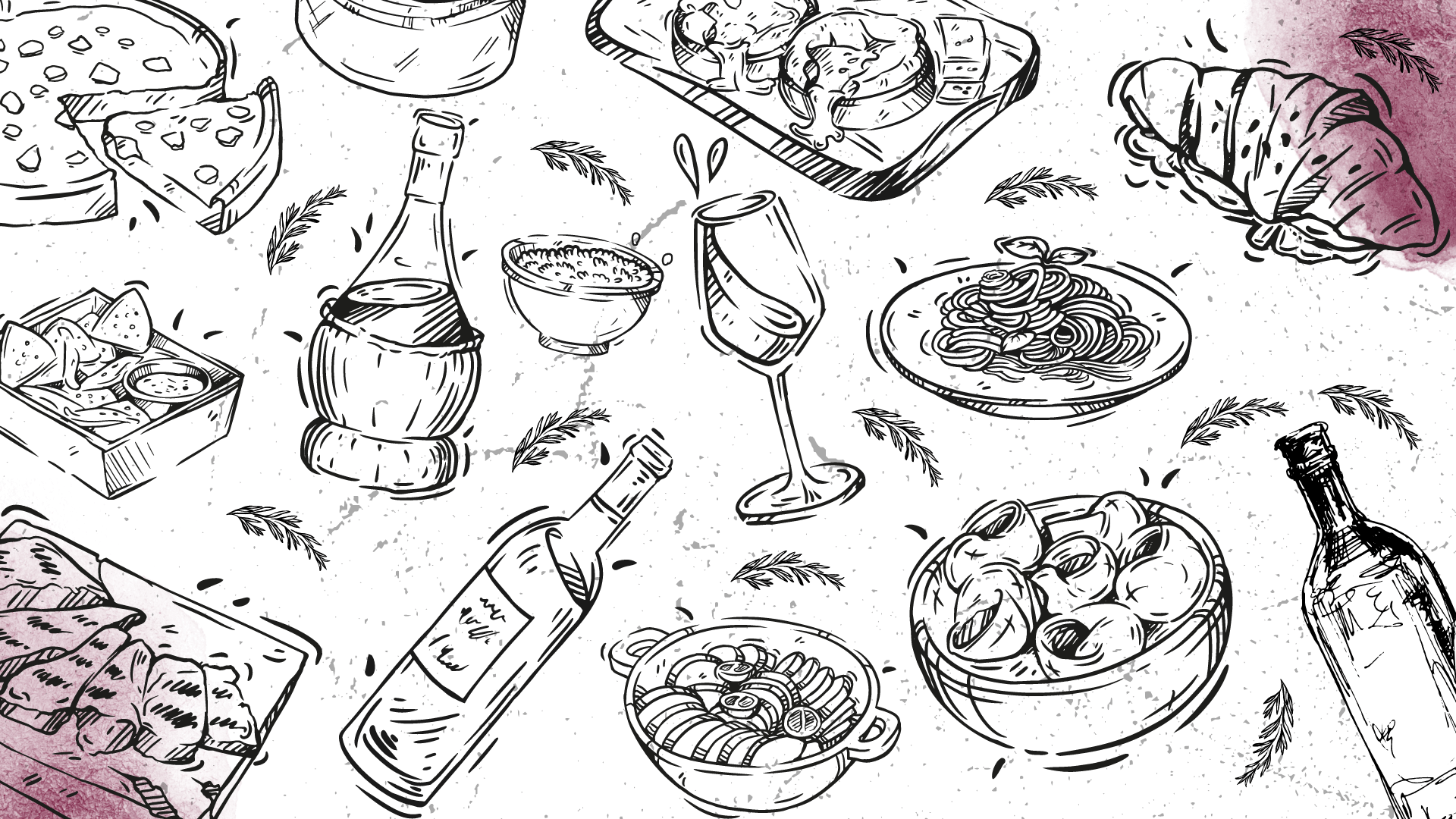
Pairing wine with various types of cuisine can be an exciting and rewarding adventure, as the right wine can enhance the flavors and textures of the dishes you’re enjoying. In this section, we will explore how to pair wines with some of the world’s most popular cuisines, from Italian and French to Asian and Mexican fare. Each cuisine has its own unique characteristics, ingredients, and flavor profiles, which offer numerous opportunities for wine pairings. By understanding the key elements of these cuisines and the wines that best complement them, you’ll be able to elevate your dining experiences and impress your friends and family with your newfound expertise in wine and food pairing across diverse culinary traditions.
Related articles

Elevate Your Taste Experience: Wine Pairing with Asian Cuisine
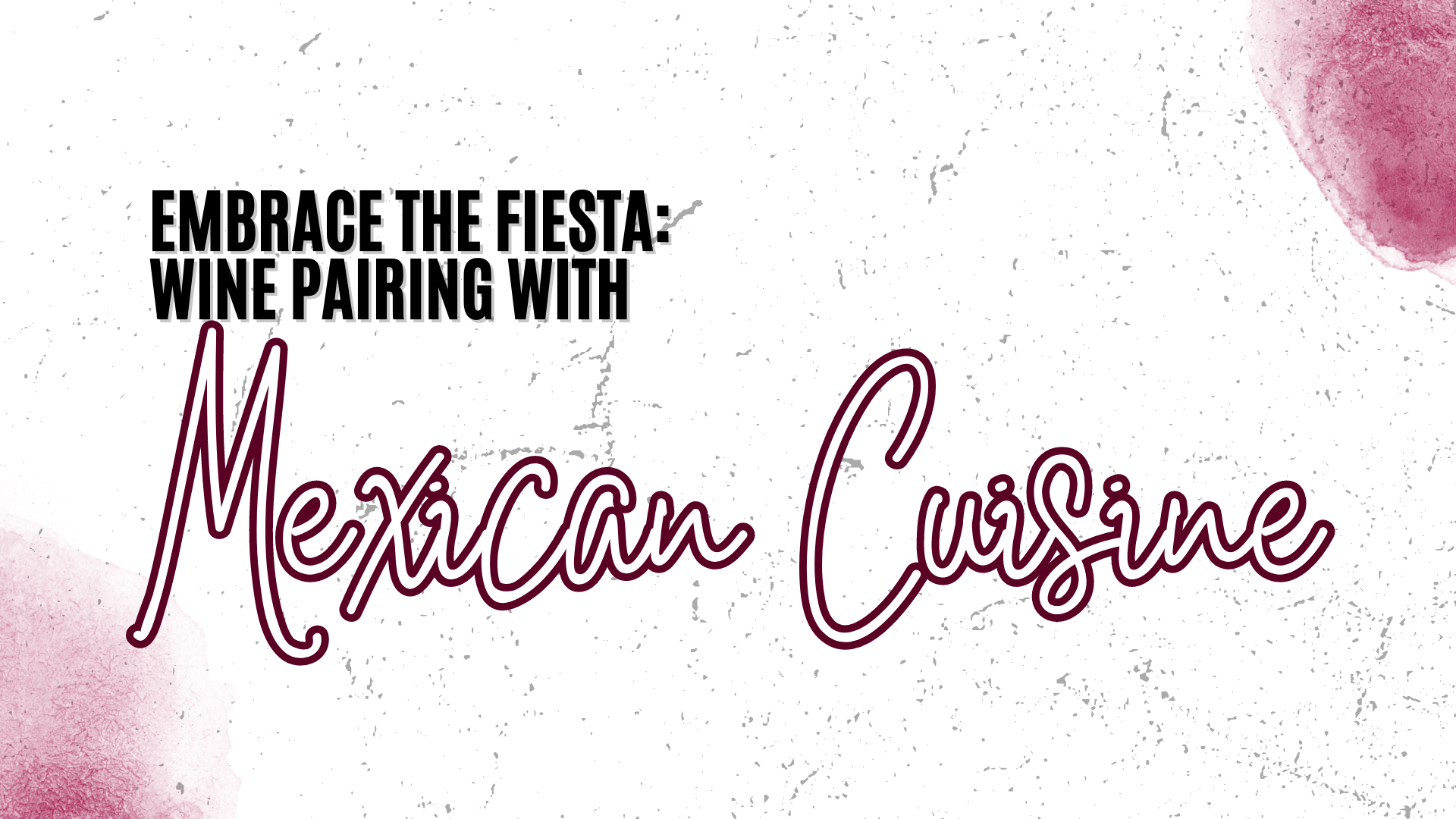
Savor the Fiesta: Wine Pairing with Mexican Cuisine
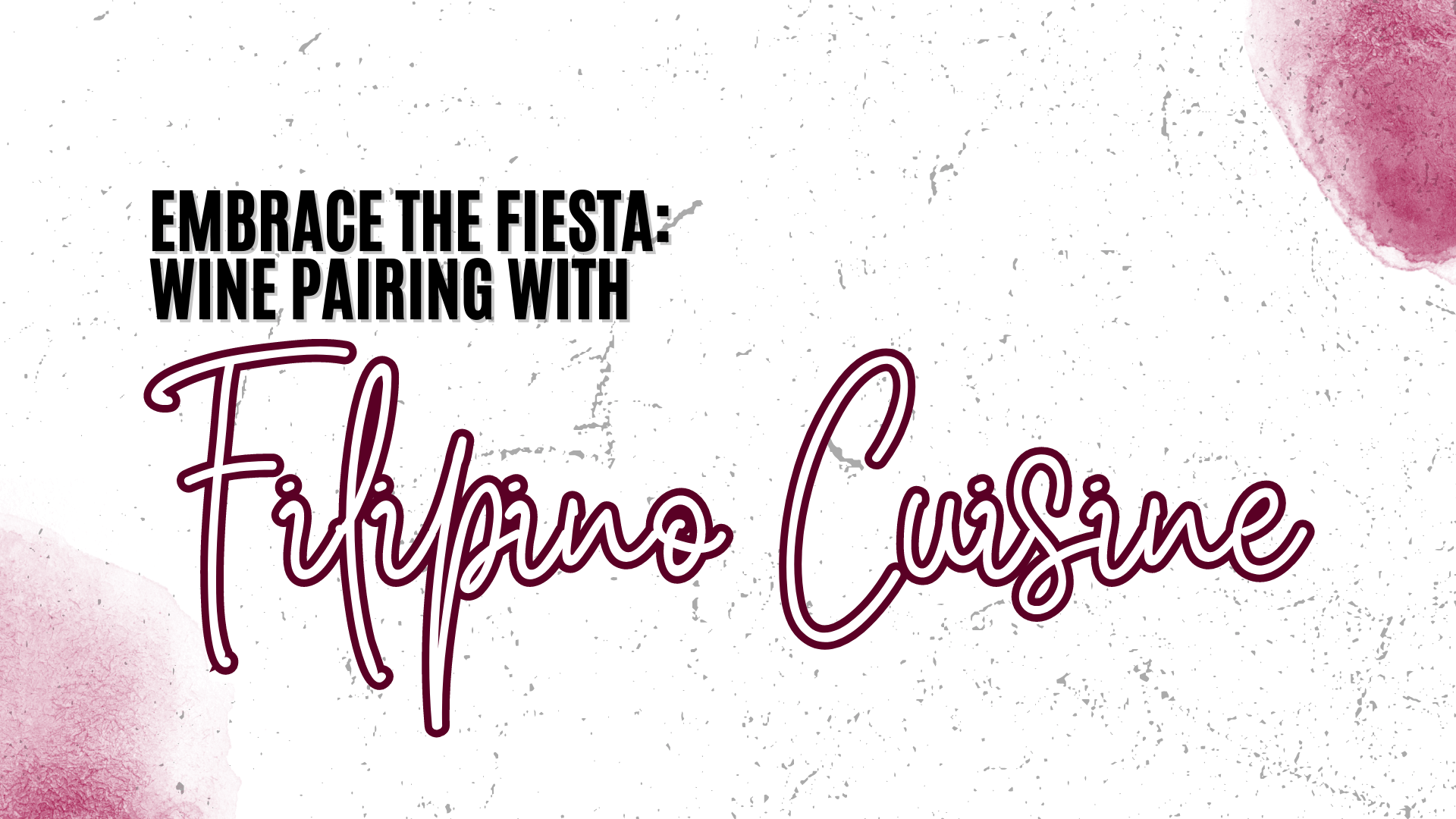
Embrace the Fiesta: Wine Pairing with Filipino Cuisine
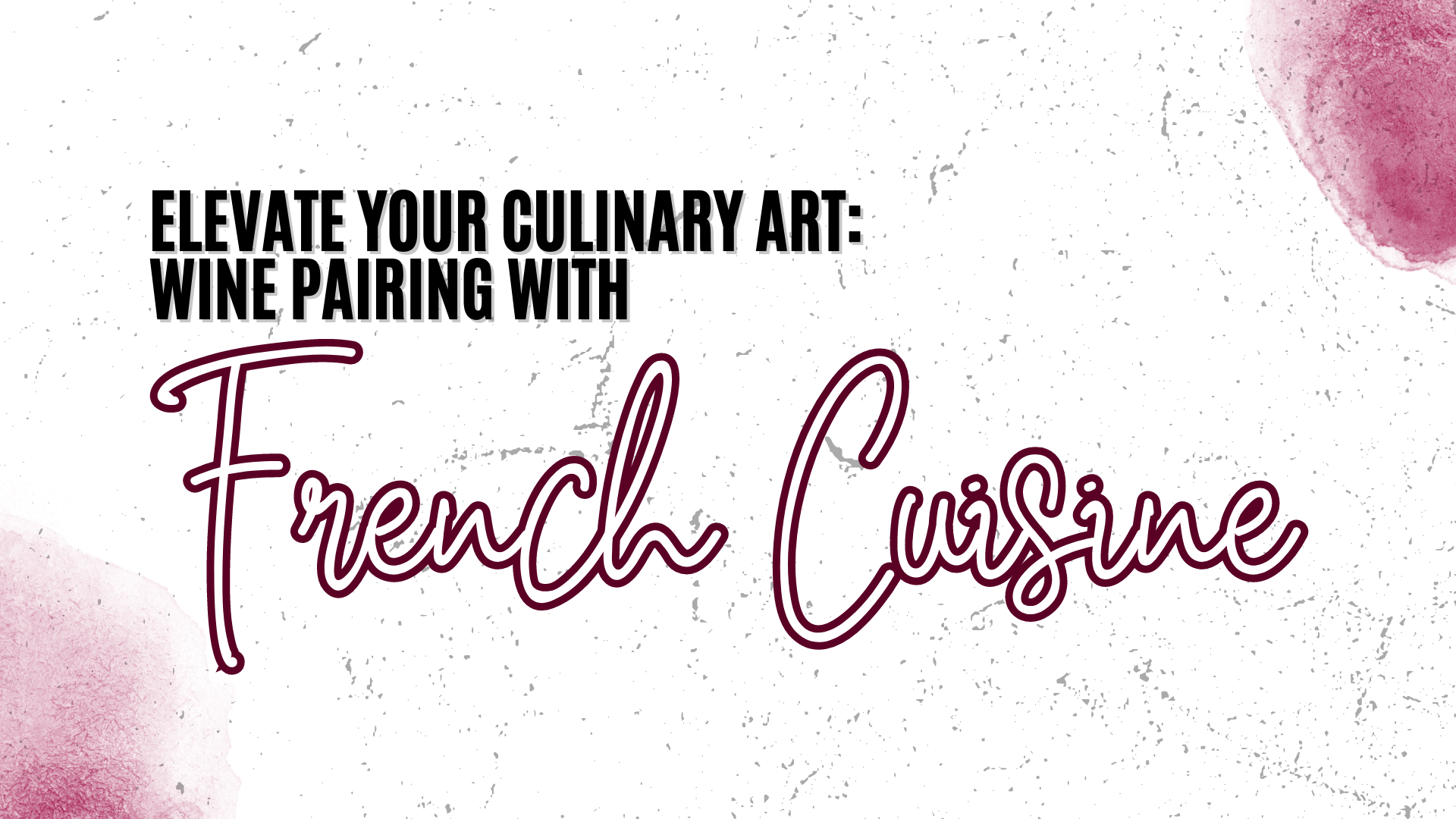
Elevate Your Culinary Art: Wine Pairing with French Cuisine

Elevate Your Culinary Experience: Wine Pairing with Indian Cuisine

Elevate Your Dining Experience: Wine Pairing with Italian Cuisine

Elevate Your Dining Experience: Wine Pairing with Chinese Cuisine
Conclusion
In this comprehensive guide, we have explored the fascinating world of wine and food pairing, discussing key principles, flavor profiles, and techniques for creating harmonious combinations. We have also delved into some of the most popular wine and food pairings, as well as how to approach pairing wine with different types of cuisine from around the world. As you explore diffent wine and food pairing, we encourage you to experiment with various wine and food pairings, keeping in mind the guidelines and principles we have discussed. The most important aspect of wine and food pairing is to enjoy the process and have fun discovering new and exciting combinations that delight your palate. So raise your glass, savor each bite, and celebrate the art of wine and food pairing!
Frequently Asked Questions
Wine and food pairing is the art of selecting a wine that complements and enhances the flavors of a particular dish, creating a harmonious dining experience.
Consider the flavor profiles, textures, and weight of both the wine and the dish. Experiment with different combinations and take note of what works best for your palate. Keep in mind the basic principles of wine and food pairing, such as matching flavor profiles and balancing weight and intensity.
While it’s not strictly necessary, having a specific wine for each course can enhance the flavors of each dish and create a more enjoyable dining experience.
Some common wine and food pairings include wine and cheese, white wine and seafood, red wine and steak, sparkling wine and appetizers, and dessert wine and desserts. These classic pairings often work well due to the complementary flavors, textures, and intensity of the wine and food.
Yes, wine and food pairing can be subjective, as personal taste preferences play a significant role in determining what combinations work best for an individual. Experimenting with different pairings and being open to new experiences will help you discover your own preferences.
Mixing and matching wine and food flavors can result in interesting and dynamic pairings. While some combinations may work better than others, being open to experimentation can lead to the discovery of unique and enjoyable pairings.
Yes, pairing wine with savory dishes that have a sweet component can create a harmonious balance of flavors. Choose a wine that complements or contrasts the sweet element in the dish, depending on your preference. For example, a fruity wine might complement a dish with a sweet glaze, while a wine with high acidity could provide a refreshing contrast.


